4 Things I Learned from Zontee Hou’s “Alchemy of Content Marketing” Talk for AAF Buffalo
Judging by her resume, content marketing extraordinaire Zontee Hou may be the busiest human ever. She works at Convince & Convert, runs her own consulting firm called Media Volery and teaches at the City College of New York.

Somehow, though, she found the time to speak to AAF Buffalo on Oct. 12 over at Big Ditch on the “Alchemy of Content Marketing.” If you missed it, shame on you, but here are my five favorite takeaways.
1. Content marketing brings you into people’s high-attention spaces.
In general, content marketing is the practice of creating content that people will actually want to consume with the eventual goal of driving some kind of valuable action for your company.
There’s more to it than just dropping knowledge, though. If you really want to be successful, you’ll have to package it in a form your audience will want to engage with, in a space where they’re happy to be.
Zontee made that point simply by painting a familiar picture. To paraphrase:
“Imagine a group of people, sitting around a table. Instead of interacting with each other, they’re all glued to their phones, obsessively scrolling through their feeds.”

If you don’t take a picture of it, can you truly be said to have eaten it?
You’ve probably been in this exact situation. Even if you put down your phone and tried to spark a conversation, you’d probably be brushed off.
The point isn’t that we’ve all become antisocial digital zombies (you and I both know that damage is done). It’s that people have limited attention and they’re very choosy about how use it. When they do devote that attention to something, though, it can be pretty intense.
This presents a challenge for traditional advertisements. In many cases, even if someone encounters your ad, they’re not going to waste any brain power engaging with it.
With quality content marketing, however, you can slide right into channels where people are already engaged, offer them content that they’re actually interested in and reap the benefits of their high intent and attention.
2. Content can be almost anything.
When people think of content marketing, their minds usually go to the same couple of things: blog posts, e-books, webinars, etc. While these types of things do make up the bulk of the content marketing that people encounter in their day-to-day lives, they’re just the tip of the iceberg.
Zontee brought up the example of Sephora. The makeup store is a staple of the shopping mall, which means they rely heavily on foot traffic to bring in customers.
With this in mind, they created digital displays that can scan the faces of passers-by and show them what they’d look like with a Sephora makeover. It’s essentially a big, customizable Snapchat filter. They also include their functionality in their mobile app, letting people play around with different looks and making it easy to buy.
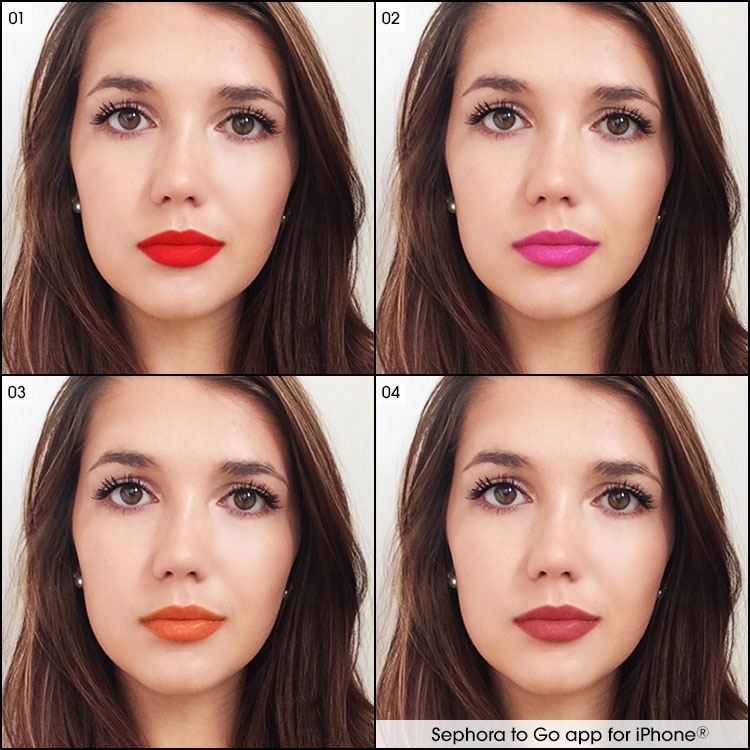
Who wore it best?
This is not an e-book or anything like that. It doesn’t demand that the customer hand over an email address before it starts applying lipstick. But it is content marketing. Sephora devised a way to entertain and delight their potential customers while simultaneously showing off their products, which is pretty slick.
We can stretch the limits of content marketing further if we want to play with the idea. Say a car dealership is piping new car smell into their showroom – is that content marketing? Is a free sample content marketing? Say you hire a model to wear the clothes you’re selling – is that content marketing or just straight up advertising?
Regardless, I think I look good with thicker lashes.
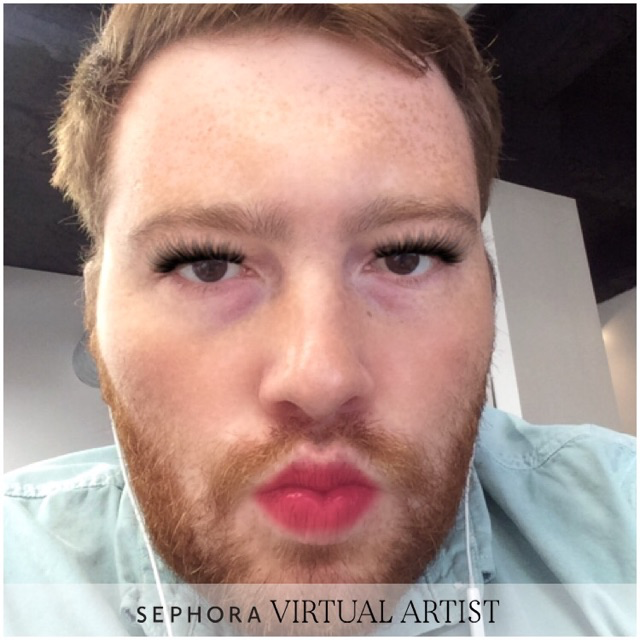
3. Content marketing is great for low-key customer education.
A client of ours sent us a report they’d commissioned about how their buyers buy to help us to devise their marketing strategy. One of the biggest hurdles they faced, they found, is that their past customers didn’t know the extent of the services they offered.
When these customers had new needs, they didn’t know to come back, and they’d go with other vendors. It was a real missed opportunity.
I wasn’t surprised to hear this. We have the exact same problem.
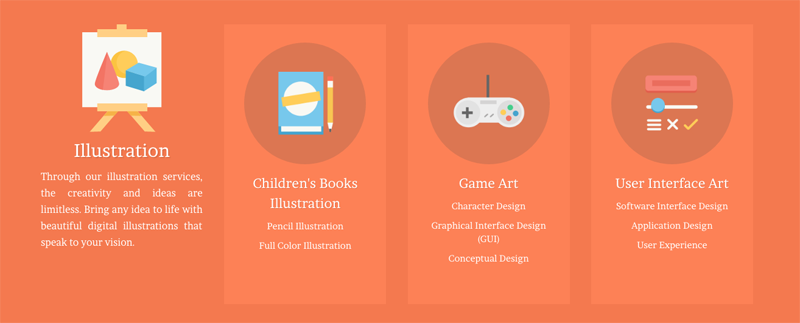
Whoa, we do game art? I forgot myself. Please go to our services page and educate yourself.
It’s really hard to get a client to remember everything that you do. There’s usually no good time to run them through everything, and even if there were, chances are they’re not going to care too much unless they’ve already got a need you can fill.
Content marketing makes this stilted, awkward educational process much easier. By writing about these topics, you can demonstrate your expertise instead of trying to shove it down the customer’s throat. You might even help them to think through a problem they’re having. It makes for a much more enjoyable, memorable experience.
Zontee’s example was AllState. Their blog is full of tips about everything from raising a pet to having a safe Halloween to painting your home. By educating potential clients on these topics, they indicate their expertise without turning people off with salesy messaging.
For instance, I just picked a random article: “4 Tips for Planning a Sailing Trip Down the Coast.”
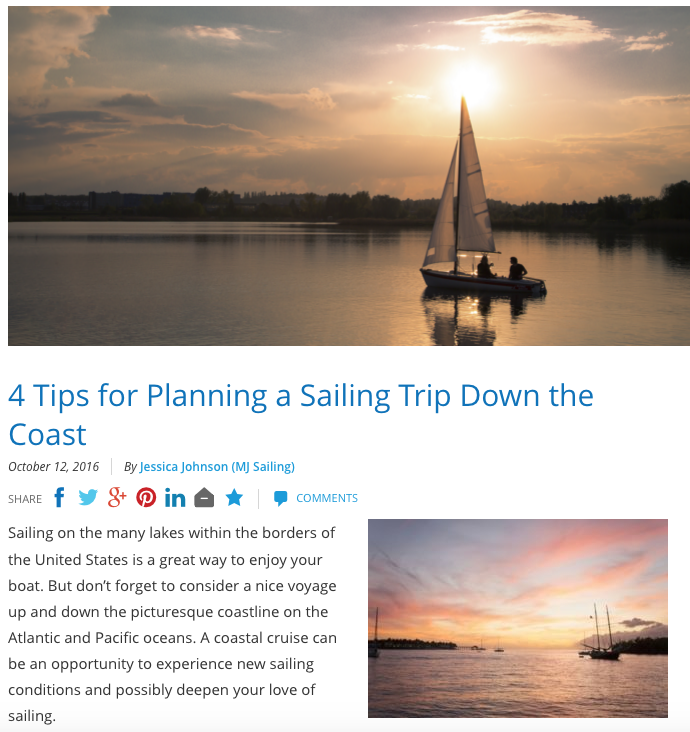
Please, take me with you.
Now, I’m pretty sure I’ll never be the type of rich person that gets to ever plan a sailing trip down the coast. But if I were, and I stumbled across this article, I’d learn 5 new things. The first 4 would be the sailing tips; the 5th would be that AllState offers boat insurance.
4. Content marketing allows you to create a personality-once-removed from your brand.
One of the most valuable things about content marketing is that it allows you to create a warmer, more personal connection between your brand and your audience.
However, there are limits to how close a person can get to a company. You might love Apple, but you’re not going to send them a Christmas card.
If it’s important for you to create a really strong human connection for your brand, then, it might make sense to give people a human to connect to.
A good example would be Rand Fishkin, the face of the software company Moz.

Did you just whisper “Howdy, Moz fans” under your breath?
For years, Rand’s “Whiteboard Friday” video series has been a staple of Moz’s content marketing. Basically, Rand stands in front of a whiteboard and takes about 10 minutes to break down a common question in digital marketing. The warmth and clarity with which he does it, along with Moz’s success in general, has made him a celebrity in the niche.
People like Moz as a company, but they feel a real, personal connection to Rand. Some of that good feeling inevitably rubs off on Moz, helping to build authority, brand loyalty and trust.
I keep calling this a personality-once-removed because I don’t know of a catchier name. It’s not quite a mascot and not quite a leader. It’s not even totally a person: “Rand” is really “Rand from Moz” and he’s defined partly by his association with the brand. Really, he’s a branded symbol – just one that people can feel authentically connected to.
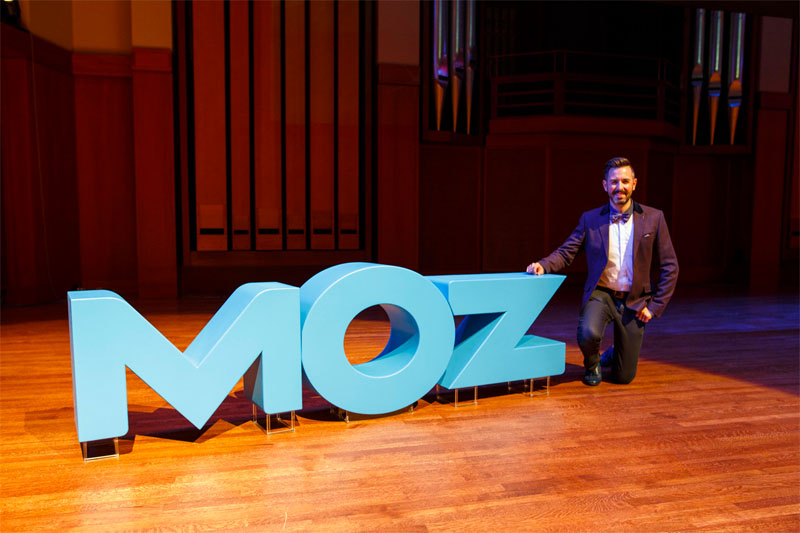
Rand + Moz = brand.
While this approach isn’t one-size-fits-all, it can be a home run in the right context. Zontee noted that it’s especially effective with podcasts. There’s something about having someone talking directly into your ear that breeds intimacy pretty quickly.
A note: these are my thoughts on what Zontee said, not what she said exactly. Maybe she even totally disagrees with me! I hope not, but it could happen.
Either way, here’s what the Luminus team looks like with lips and lashes by Sephora.
